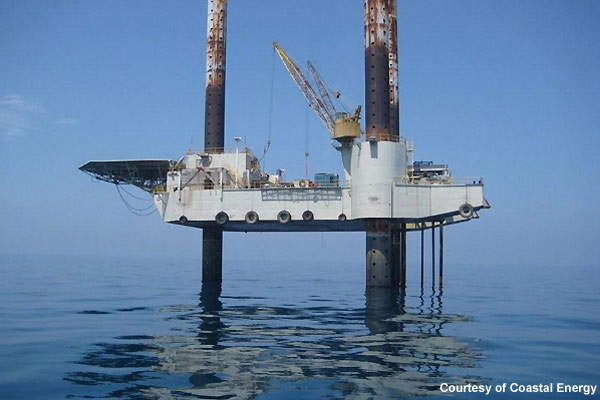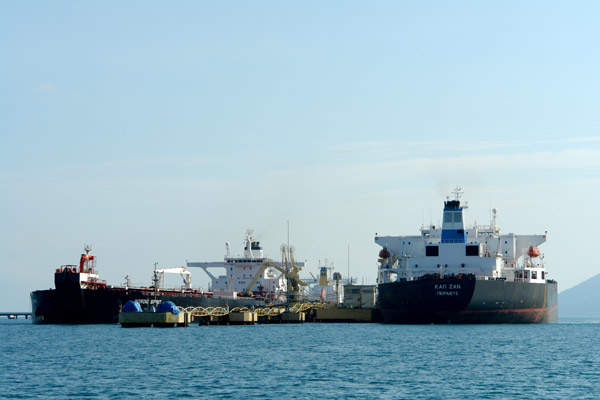The Songkhla Basin is the largest of four Tertiary basins in G5/43, an 8,500km² block in the south-western portion of the Gulf of Thailand. Sitting in less than 25m of water, it has been the focus of activity since the area was first explored more than 20 years ago. The first exploration well, Songkhla no 1, was drilled in 1989.
The block is wholly owned by Coastal Energy, which acquired it from the Government of Thailand in 2003 at a cost of about $1m plus spending obligations. Coastal says it cannot disclose the project’s capital expenditure until after it has released its full-year financial statement for 2008-09.
Songkhla drilling
In August 2008, NuCoastal (Thailand) Ltd, a wholly-owned subsidiary of Coastal Energy, signed a letter of intent with Premium Drilling for a three-month charter of jack-up rig Deep Driller 7.
The rig, a Baker Marine Pacific Class 375, spudded the Songkhla A-01 development well in early October 2008. This is the first of four wells in Coastal’s development of the field.
The well was drilled to a measured depth of 2,750m and encountered around 41m of net pay – about 13m more than encountered in Songkhla no 1 – with 20% porosity in the lower Oligocene primary reservoir, called the Songkhla Main. The oil is a medium sweet grade with an API gravity of 29° and 0.24% sulphur content, and is initially being marketed to a local Thai refinery.
Another lower Oligocene pay zone, not seen in Songkhla no 1, was also encountered, adding about 4.5m of extra pay.
Additional developments
A second development well, Songkhla A-03, was spudded in early November 2008. It was drilled to a total measured depth of 2,895m and logged about 34m of net pay, with 18% porosity in the primary reservoir.
A third well, Songkhla A-07, has been drilled into the field’s deeper Eocene structure, a satellite of Songkhla Main. Drilled to a total measured depth of 3,470m, it encountered about 41.5m of net pay with 16.5% porosity. It was completed in December 2008 and is expected to produce about 750 bopd once it has been tied with the completed facilities installation, which is scheduled for mid-April 2009.
As of late March 2009, a schedule for the fourth well, Songkhla A-04, had not been finalised.
The jack-up rig was released and demobilised in early January 2009. Production from A-01 and A-03 began in late February 2009, the two delivering about 11,000 bopd using electric submersible pumps (ESPs) into a mobile offshore production unit and then into a 285,000-bbl tanker under contract from an undisclosed supplier. Buyers then offload the crude from the tanker for transport to its final destinations.
When Songkhla A-07 comes on stream, aggregate full production from the three wells is expected to be between 11,500 bopd and 11,750 bopd.
Before the 2008 drilling programme, Songkhla Main had been assigned proved and probable reserves of 4.9 mmbbl; Coastal now estimates internally that Songkhla Main and the Eocene structure together contain about 38 million barrels of recoverable reserves. This, says Coastal, gives an expected life of Songkhla Main of about six years, although production from satellite structures could continue beyond that.









